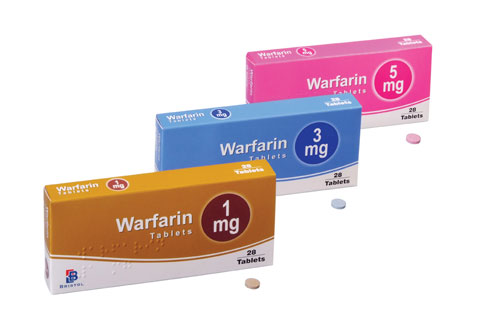
Because fatal reactions, often resembling anaphylaxis, have been reported with protamine sulfate, it should be given only when resuscitation equipment and treatment of anaphylactic shock are readily available. Administration of protamine sulfate can cause severe hypotensive and anaphylactoid reactions. Administering heparin by another route is not indicated when there is a need to reverse the effects of heparin. Vitamin K is used as an antidote for warfarin. Oral warfarin will not stop the anticoagulant effects of heparin. Particular care should be taken to avoid overdosage with protamine sulfate. ANS: B Protamine sulfate is given as an antidote to heparin when patients clotting times are elevated. Neutralization of enoxaparin by protamine Time Since LOVENOX DoseĪ second infusion of 0.5 mg protamine per 1 mg LOVENOX may be administered if the aPTT measured 2 to 4 hours after the first infusion remains prolonged. Attending physicians confronted with a potential overdosage of enoxaparin should always use their best clinical judgment in determining the appropriate dosing regimen of protamine to be administered. In the event that prompt reversal of the anticoagulant effects of enoxaparin is required at any time after LOVENOX dosing, the following table is provided as a guide for initial use of protamine. Anti-factor Xa activity is never completely neutralized (maximum about 60%). However, even with higher doses of protamine, the aPTT may remain prolonged to a greater extent than usually seen with unfractionated heparin. This effect may be largely neutralized by slow intravenous injection of protamine sulfate. The anticoagulant effect of LOVENOX is inhibited by protamine. In more serious cases, protamine should be administered. LOVENOX should be immediately discontinued, at least temporarily, in cases of significant excess dosage.






 0 kommentar(er)
0 kommentar(er)
